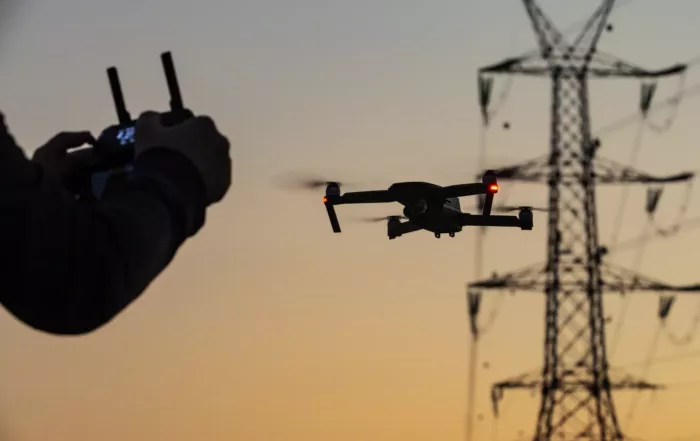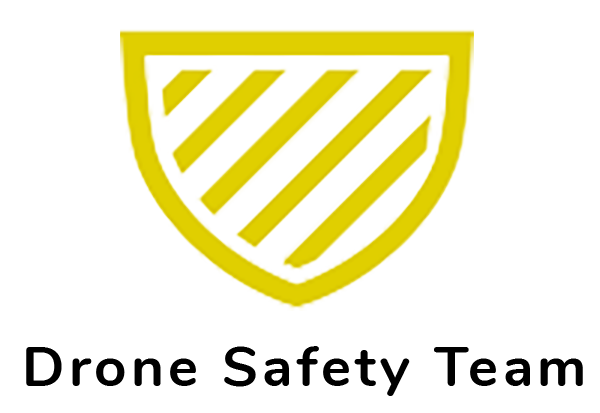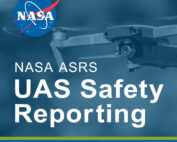Recommendations for using Safety Management Systems (SMS) in UAS Operations
Purpose
This guidance and the recommended SMS frameworks that can be voluntarily used to develop formal safety-related systems, procedures and best practices for commercial Unmanned Aircraft Operations particularly when operating under CFR 14 Part 91, 107, or Part 135. This information fills the gap between the minimal operating regulations and the need for a uniform level of proficiency, training, and risk management based on the level of risk of the operation.
This guidance is a structured practical approach to establishing customized, proactive safety management systems which will help operators identify and mitigate risks for 3 different levels of operational complexity: Low, Medium and High. The following SMS guidance may be followed in a modular fashion, or, in its entirely. Broad use and acceptance have the potential to help build public trust and acceptance in the technology and in the organizations striving to improve safety.
The recommendations that follow are derived from regulatory and advisory documents, accredited industry standards, and recognized international standards for unmanned aircraft operations. The FAA regulatory source documents are included in the Addendum section of this document, and other standards references include ISO, ASTM, ANSI, NIMS, NFPA, OSHA, RTCA, ICAO, IEEE and more. Therefore, following this guidance will help commercial operators of all sizes, with varying scopes of operations, to use broader methods in executing best-in-class safety practices.
SMS Frameworks
The UAST has identified 3 different levels of operational complexity and risk: Low, Medium and High.
Low Complexity Operations will benefit from a Basic SMS which is designed to help inform the operator how to prepare and act safely.
Medium Complexity Operations will benefit from building on a Basic SMS to establish an Intermediate SMS which is designed to help standardize safety throughout the operator’s organization.
High Complexity Operations can benefit from being guided by an Advanced SMS that is built upon the foundation of an organization’s Intermediate SMS and is designed to help a UAS operator to continuously improve safety within their organization.
![]() The DST welcomes any feedback by UAS operators, manufactures and service providers regarding this recommended guidance. Continuous improvement is a goal for any SMS, and continually improving this important guidance is a goal of the DST.
The DST welcomes any feedback by UAS operators, manufactures and service providers regarding this recommended guidance. Continuous improvement is a goal for any SMS, and continually improving this important guidance is a goal of the DST.
The Drone Safety Team (DST) advocates the use of Safety Management Systems (SMS) for uncrewed aircraft systems (UAS) operations because using an SMS is a structured means for individuals and/or organizations to make informed safety risk management decisions. An SMS provides an accountable way to manage safety before a system failure occurs. In addition, an SMS can deliver increased confidence in risk controls through structured safety assurance processes. Finally, the safety promotion framework within an SMS can be used to build and support a sound safety culture.
21 Biggest Drone Mistakes New Pilots Make
1. Not following the rules and regulations This is one mistake even experienced pilots make. Besides being a camera, a drone is technically an [...]
The Recreational UAS Safety Test (TRUST)
The Recreational UAS Safety Test (TRUST) What is TRUST? The law requires that all recreational flyers pass an aeronautical knowledge and safety test and provide proof [...]
Recreational Flyers & Modeler Community-Based Organizations
You are considered a recreational user if you fly your drone for fun. It is important to know when and where you can fly and how to [...]
Recreational Flyers & Modeler Community-Based Organizations
Recreational Flyers & Modeler Community-Based Organizations You are considered a recreational user if you fly your [...]
Become a Drone Pilot
In order to fly your drone under the FAA's Small UAS Rule (Part 107), you must [...]
Public Safety and Law Enforcement Toolkit
Public Safety and Law Enforcement Toolkit Webinar: Drone Safety: It's the Law The use of [...]
Unmanned Systems Can Save Lives in High-Risk Manned Operations
Use machines, not people, in dull, dangerous missions. Ten years ago, we could only imagine [...]
Watch FAA Webinar Series
WEBINARS FAA WEBINAR LINKS Webinar Series – Airspace & Airspace Authorizations The Air [...]
Guidelines For Reporting Accidents
When do I need to report an accident? The remote pilot in command [...]







